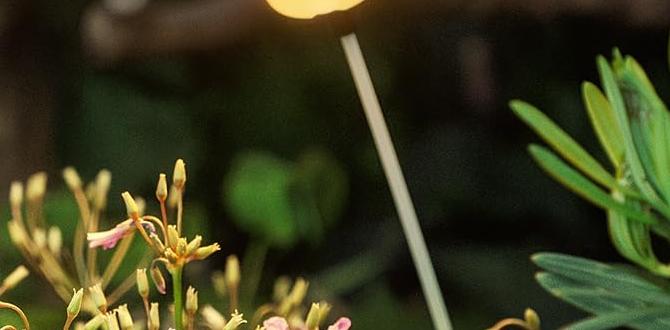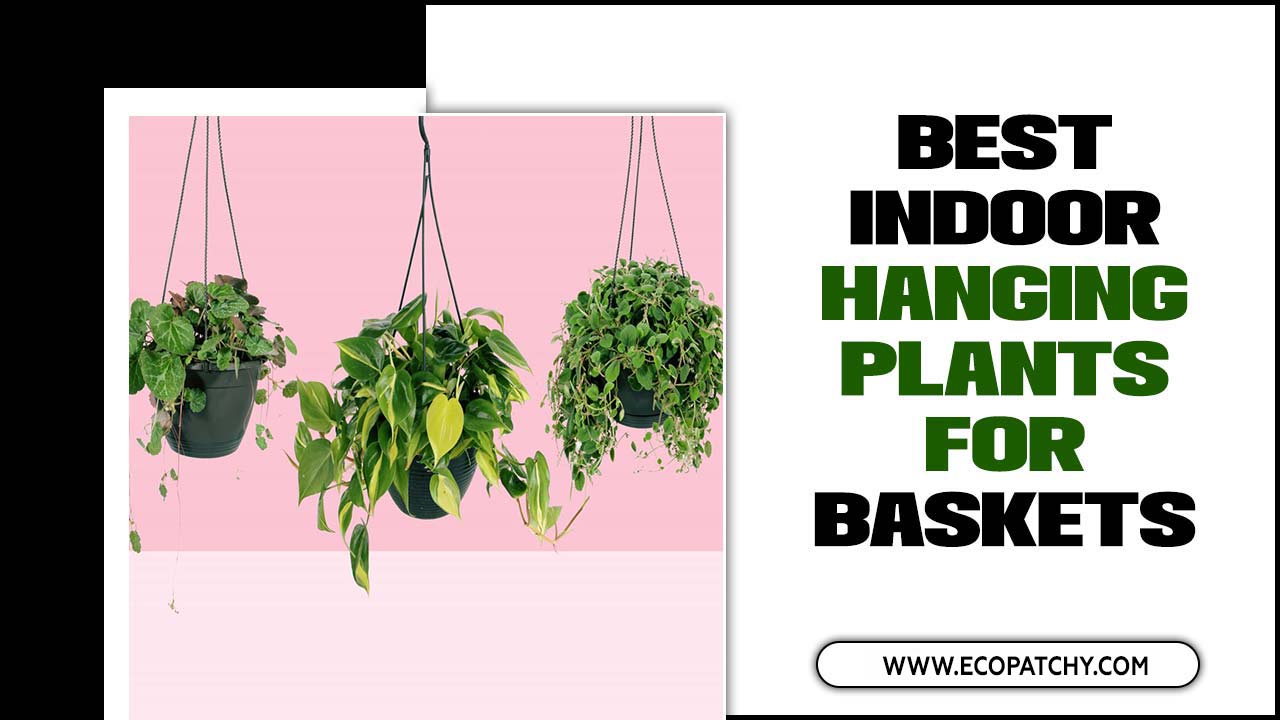Have you ever tried to grow plants in clay soil? Many gardeners face this challenge. Clay soil can feel like a heavy brick when it’s dry. But don’t worry! You can learn how to amend clay soil for gardening to make it better for your plants.
Imagine planting seeds that struggle to grow. It can be so frustrating! What if I told you that simple changes can make your garden thrive? You can create a rich, airy soil that your plants will love.
One fun fact is that clay soil holds water well. While this can be good, it may also lead to problems like poor drainage. That means your plants might drown if you don’t help them. Let’s explore how to change clay soil into a gardener’s best friend.
How To Amend Clay Soil For Gardening: Essential Tips And Techniques
How to Amend Clay Soil for Gardening
Amending clay soil can transform your garden. Start by mixing in organic matter like compost or aged manure. This helps break up the dense clay and improves drainage. Have you ever struggled with muddy soil after rain? Adding materials like perlite or sand can also help create a better texture. Consider using cover crops, too. They boost soil health and keep nutrients in place. A little effort can lead to a thriving garden full of vibrant plants!Understanding Clay Soil
Definition and characteristics of clay soil. Benefits and drawbacks of clay soil in gardening.Clay soil feels sticky when wet and hardens when dry. It’s like a stubborn cake that refuses to crumble! This type of soil holds water well, so plants can sip it slowly. However, it can also stay too soggy, making plants think they are swimming in a pool. The benefits? Strong nutrients and moisture retention. The drawbacks? Poor drainage and compaction. Finding the balance is key!
| Characteristics | Benefits | Drawbacks |
|---|---|---|
| Sticky texture | Holds nutrients | Poor drainage |
| Hard and compact | Retains water | Can get waterlogged |
So, while clay soil can be a bit tricky, with the right care, it can turn your garden into a flourishing paradise!
Signs of Poor Drainage in Clay Soil
Key indicators of drainage issues. Impact on plant health and growth.
Have you ever seen puddles that stick around longer than a surprise guest? That’s a sure sign of poor drainage in clay soil. When water sits on the surface, plants can start to feel unhappy. They don’t like “wet feet,” which can lead to root rot. Plants need air just as much as they need water! The lovely benefits of gardening can vanish quickly if the soil isn’t right. Check out the table below for quick signs of trouble:
| Signs of Poor Drainage | Impact on Plants |
|---|---|
| Puddles that last too long | Roots can rot |
| Stagnant water smells bad | Plants may wilt |
| Weeds thrive in wet areas | Less growth for good plants |
So watch out for these signs. Healthy plants are happy plants!
Why Amending Clay Soil is Essential
Effects on soil structure and aeration. Enhancing nutrient availability for plants.
Healthy soil is vital for strong plants. Amending clay soil helps shape its structure. This improves air flow and drainage. Plants need air, and good soil keeps them happy.
Better soil brings more nutrients, too. Plants can soak up the good stuff with ease. Here are some key reasons to amend clay soil:
- Better soil structure: Looser soil helps roots grow.
- More nutrients: Essential elements become easy for plants to use.
With improved conditions, plants thrive and produce more. Your garden will flourish!
How does clay soil affect plant growth?
Clay soil holds water but can suffocate roots. Amending it ensures air pockets for healthy growth.
Materials Needed to Amend Clay Soil
Organic matter options (compost, manure, etc.). Soil amendments (gypsum, peat moss, etc.).
To fix clay soil, gather some important materials. Adding organic matter makes the soil healthy. Good options are:
- Compost: Decomposed plant and food waste.
- Manure: Animal waste, rich in nutrients.
Soil amendments also help. Consider using:
- Gypsum: Helps break down clay particles.
- Pear Moss: Increases soil air and moisture.
These materials improve drainage and plant growth. Remember, healthy soil leads to beautiful gardens!
What is organic matter for clay soil?
Organic matter, like compost and manure, nourishes plants and enhances soil quality. It adds nutrients while improving drainage.
Step-by-Step Guide to Amending Clay Soil
Preparing the area and assessing soil condition. Incorporation of organic matter and amendments.
First, let’s prepare the area. Clear away any weeds or debris. You might want to throw a dance party with your trowel while you’re at it! Next, check the soil condition. Dig a small hole to feel how hard or wet the clay is.
Now, it’s time to bring in the fun stuff! Mixing in organic matter like compost or aged manure can turn that sticky clay into a happy garden. Spread a layer of it over the soil, then use a shovel or tiller to mix it in. Your soil will feel like it just had a spa day!
| Item | Purpose |
|---|---|
| Compost | Improves structure |
| Sand | Aids drainage |
| Gypsum | Reduces compaction |
With these steps, your garden will be ready to thrive! It’s like giving your soil a bright future. Who knew playing in the dirt could be so rewarding?
Best Practices for Maintaining Amended Clay Soil
Regular maintenance tips for soil health. Crop rotation and cover cropping benefits.Keeping your clay soil happy isn’t a hard task! First, you need to *regularly check* its moisture. Too wet? Give it air! Too dry? Add some water! This balance is key. Crop rotation is like a mini-vacation for your soil. It helps keep pests away and nutrients fresh. And don’t forget cover cropping; it’s like a cozy blanket for your soil. It protects it and adds nutrients. Healthy soil is happy soil!
| Tip | Benefit |
|---|---|
| Check moisture regularly | Prevents over/under watering |
| Practice crop rotation | Reduces pests, enhances nutrients |
| Use cover crops | Protects soil, adds nutrients |
Common Mistakes to Avoid When Amending Clay Soil
Overamending and inappropriate materials. Neglecting proper watering techniques.Avoiding common mistakes can help your garden thrive. One error is overamending clay soil. Adding too much material can create an imbalance. Using wrong materials, like straw, can cause more trouble than good. Make sure to choose the right options, such as compost. Another mistake is neglecting proper watering techniques. Clay soil needs time to absorb water. Water deeply but less often. This helps the roots grow strong and healthy.
What are common mistakes when improving clay soil?
Common mistakes include overamending with materials that don’t suit clay soil and not watering it correctly.
Key points to remember:
- Don’t add too much amendment.
- Choose the right soil materials.
- Water deeply but less frequently.
Case Studies: Successful Gardening in Amended Clay Soil
Examples of gardens transformed by amending clay soil. Lessons learned and tips from experienced gardeners.
Amending clay soil can change a dull garden into a blooming paradise. One gardener in Ohio added compost and sand to her backyard and saw strawberries and tomatoes flourish. Another in Texas mixed in peat moss, turning their yard into a flower haven. Experienced gardeners share tips like testing soil first and adding nutrients little by little. Remember, good soil is like a cozy blanket for your plants. They love it!
| Location | Amendments Used | Garden Result |
|---|---|---|
| Ohio | Compost, Sand | Strawberries, Tomatoes |
| Texas | Peat Moss | Flower Haven |
So, get your hands dirty and think happy plants! May the soil be ever in your favor!
Conclusion
In conclusion, amending clay soil is essential for healthy gardening. You can mix in compost to improve drainage and nutrients. Adding sand helps break up the clay texture. Always test your soil first for the best results. Try these steps, and you’ll see better plant growth. For more tips, keep reading about soil care and gardening tips!FAQs
What Are The Best Organic Materials To Add To Clay Soil To Improve Its Structure And Drainage?To help clay soil, you can add compost, which is made from decayed plants and food scraps. Well-rotted manure is another great choice; it adds nutrients and helps the soil breathe. You can also use shredded leaves or straw to improve drainage. These materials make your soil better for growing plants.
How Can The Incorporation Of Compost Benefit Clay Soil In A Garden Setting?Adding compost to clay soil helps it become softer and easier to work with. Compost is made from old food and plant scraps. It feeds the soil and helps plants grow better. We can also help water soak in more easily. This means your garden will be healthier and more colorful!
What Specific Amendments Can Help Reduce Soil Compaction In Clay Gardens?To help reduce soil compaction in clay gardens, you can add compost, peat moss, or sand. These materials make the soil lighter and help it breathe. You can mix them into the soil to improve drainage. This will also help plants grow better.
How Does The Ph Level Of Clay Soil Affect Plant Growth, And How Can It Be Adjusted?The pH level of clay soil tells us if it is more acidic or basic. Most plants grow best in soil with a pH around 6 to 7. If the soil is too acidic or too basic, plants can have trouble growing. We can adjust the pH by adding lime to make it less acidic, or sulfur to make it more acidic. Always check the soil first to see what it needs!
What Techniques Can Be Used To Improve Aeration In Clay Soil For Better Root Development?To help clay soil breathe better for plants, we can use a few simple techniques. First, we can add compost. It makes the soil lighter and gives air to roots. Second, we can use a garden fork to poke holes in the soil, which also lets air in. Lastly, planting cover crops, like clover, can help break up clay. This way, roots can grow strong and healthy!








